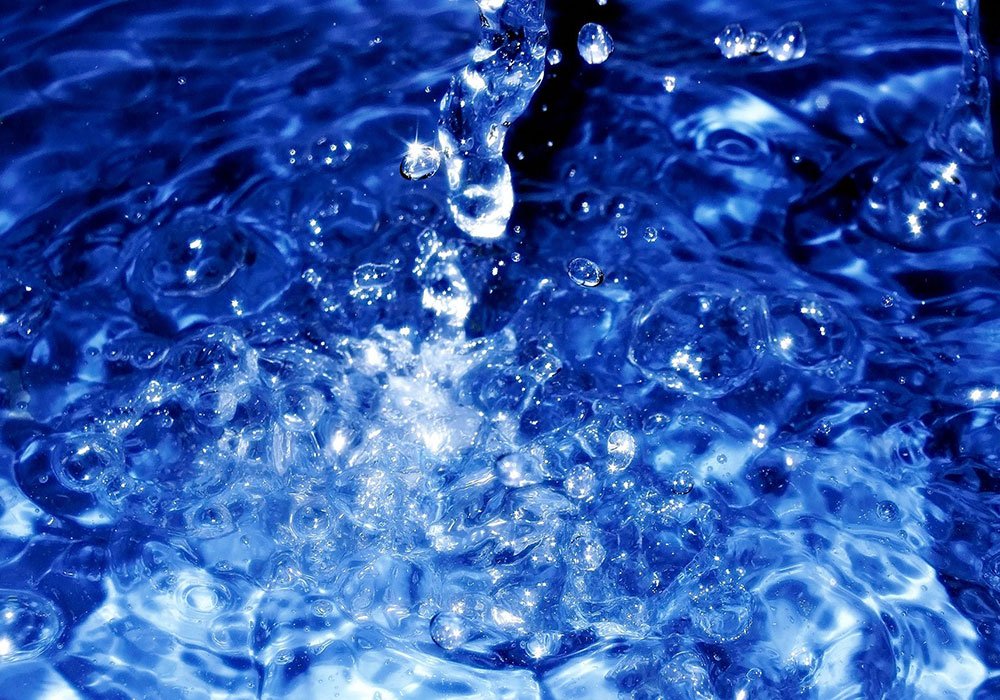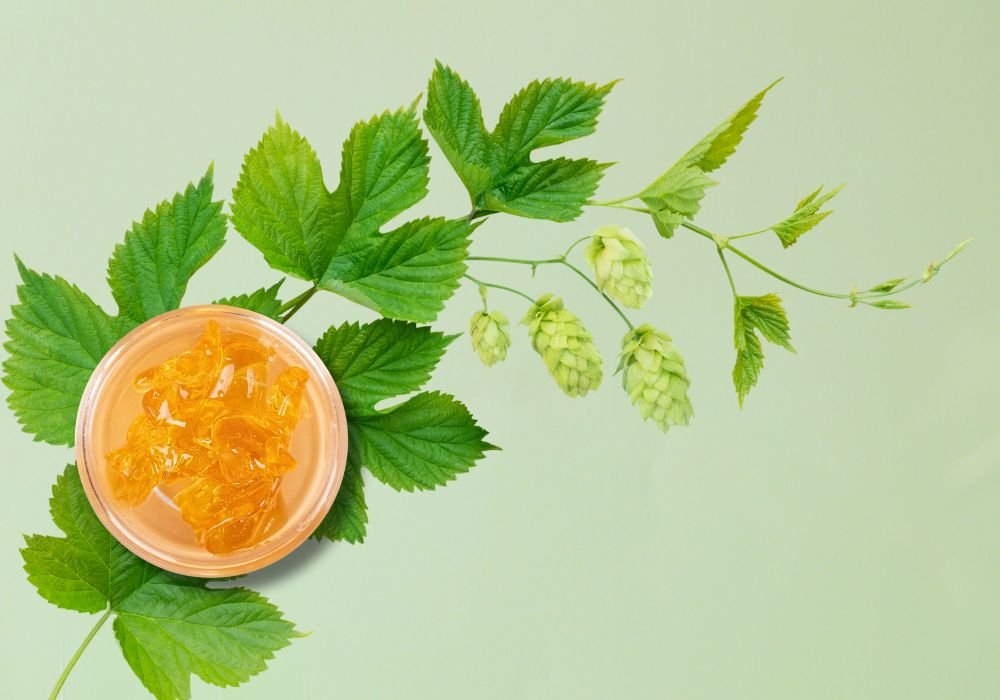The Role of Deaerated Water in Brewing Beer

Oftentimes, water is the most overlooked ingredient in beer brewing. Since more than 95% of beer’s composition is water, it deserves the same attention as any other ingredients such as malt, hops and yeast.
Natural water, typically, consists of high concentrated dissolved oxygen (up to 10-12 ppm). Since the presence of oxygen is harmful to the flavour stability of beer, it is highly recommended that any water which comes in contact after the beer is fermented, is deaerated. Oxygen in water can cause off-flavours in beer and also alter the shelf life as well.
Deaeration is the process of removing dissolved oxygen (DO) from water. There are many methods to deaerate water. Some of them are pretty straight-forward and some are very expensive. Boiling water is one of the basic methods to scrub the oxygen off the water. Gas solubility in water decreases when the temperature increases. Therefore, this process is repeated a few times until the dissolved oxygen comes down to 0.01 ppm or lower.

On a large scale, water deaeration is done via deaerated water plants which can remove atmospheric gases such as oxygen, carbon dioxide, nitrogen, etc. Water is passed through a chamber where a large number of extremely small-bore tubes sweep the gas (oxygen in this case) under a vacuum. This process drives out all the gasses from the liquid until the desired amount of DO is achieved.
Deaerated water in the brewing process is preferred for the following reasons.
- Deoxygenated water is used for pushing beer from one tank to the other.
- A brewer uses deoxygenated brewing water to dilute the high-alcohol beer and bring it down to normal strength.
- Dissolved salts, minerals and other additives in beer can be suspended for filtration.
- All tanks and equipment which come in contact with a fermented beer, are rinsed with de-aerated water.



